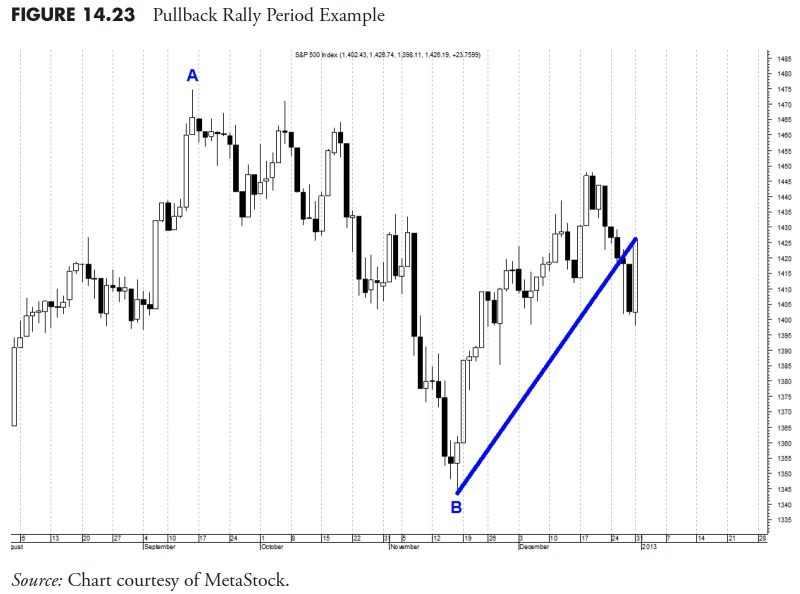In the world of finance, the concept of rules-based money management plays a crucial role in guiding investment decisions, ultimately determining the success or failure of a portfolio. Within this framework, security selection rules and guidelines hold particular significance as they help investors navigate the vast landscape of available investment options. By adhering to specific criteria and principles when choosing securities, investors can improve their chances of achieving their financial goals while managing risk effectively. Let’s delve deeper into the key considerations and strategies involved in security selection within rules-based money management.
1. **Diversification:** One of the fundamental principles of security selection is diversification. By spreading investments across different asset classes, industries, and geographical regions, investors can reduce the impact of volatility and specific risks associated with individual securities. Diversification is aimed at creating a well-balanced portfolio that can withstand market fluctuations and unexpected events.
2. **Risk vs. Reward:** Security selection rules often emphasize the importance of balancing risk and reward. Investors should assess the potential returns of a security in relation to the level of risk involved. High-risk securities may offer the possibility of greater returns, but they also come with a higher chance of losses. It is essential to weigh these factors carefully and align investment decisions with risk tolerance and financial goals.
3. **Valuation Metrics:** Valuation metrics such as price-to-earnings ratio, price-to-book ratio, and dividend yield are commonly used in security selection. These metrics provide insights into the relative attractiveness of a security compared to its current price. Investors often look for securities that are undervalued or have strong growth potential based on these valuation indicators.
4. **Financial Health:** Assessing the financial health of a company is a critical aspect of security selection. Investors analyze factors such as revenue growth, profitability, debt levels, and cash flow to gauge the stability and long-term prospects of a security. Companies with strong financial fundamentals are generally considered more resilient during economic downturns.
5. **Market Trends and Sentiment:** Monitoring market trends and sentiment can influence security selection decisions. Investors may consider factors such as industry trends, macroeconomic indicators, and investor sentiment when choosing securities. Understanding the broader market environment can help investors position their portfolios strategically.
6. **Exit Strategy:** Security selection rules should also incorporate an exit strategy for managing positions that may no longer align with the investment thesis. Setting predefined criteria for selling a security, such as reaching a target price or a specific event occurring, can help investors avoid emotional decision-making and stick to their investment plan.
In conclusion, security selection rules and guidelines are essential components of rules-based money management, guiding investors in making informed and disciplined investment decisions. By incorporating diversification, risk assessment, valuation metrics, financial health analysis, market trends monitoring, and clear exit strategies, investors can build robust portfolios that are well-positioned to navigate changing market conditions and achieve long-term financial success. Adhering to these principles can enhance the effectiveness of rules-based money management and contribute to the overall stability and growth of an investment portfolio.
